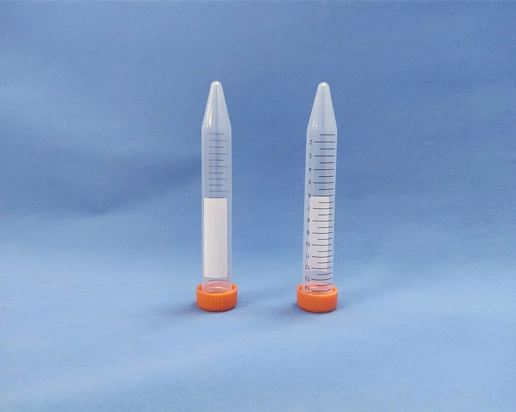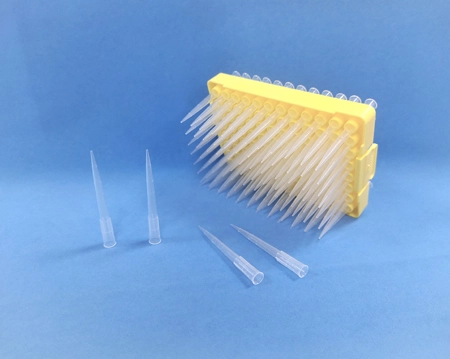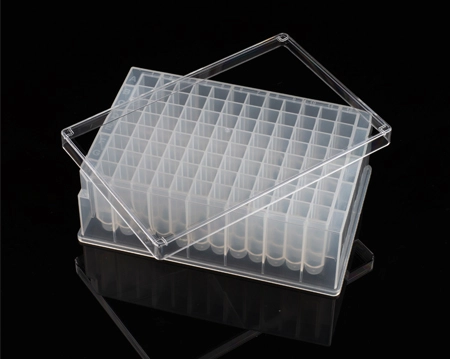Life Sciences Moving Towards The 'ChatGPT Moment'
Song Le, CTO of BioMap. compared xTrimo to the "ChatGPT moment" in the field of life sciences - just as ChatGPT can generate increasingly high-quality answers after multiple rounds of dialogue and iteration with users around the world, the life sciences big model also needs to be continuously upgraded through closed-loop validation and data supplementation through high-throughput multiple rounds of wet experiments.
The Paper has exclusively learned that BioMap is about to release the AIGP platform (equivalent to the export of life science models) and corresponding cooperation plans, opening up some capability interfaces.
Now everyone knows ChatGPT, as if it suddenly appeared, but it is actually the result of continuous research and gradual progress in the AI field. "Song Le, CTO of BioMap and an international machine learning giant, said in an interview with The Paper (www.thetaper. cn), ChatGPT represents a new paradigm shift that is actually occurring in other fields of AI, such as natural language and imaging, where large-scale pre trained models are used and then fine-tuned to downstream applications. We introduced this paradigm to life sciences from the beginning and laid out it in talent, AI model development, and corresponding computing power early on. Therefore, today we are able to have a billion level life sciences model, xTrimo 。”
Song Le, CTO of BioMap. In the interview, Song Le compared xTrimo to the "ChatGPT moment" in the field of life sciences - just as ChatGPT can generate increasingly high-quality answers after multiple rounds of dialogue and iteration with users around the world, the life sciences big model also needs to be continuously upgraded through closed-loop validation and data supplementation through high-throughput multiple rounds of wet experiments.
XTrimo has chosen a technology paradigm similar to CPT-3.5, and the stunning performance of ChatGPT after its recent release has once again confirmed Song Le's feeling. "We have once again seen the success of large-scale pre training models combined with downstream models. In a sense, we have also seen this effect in our own experiments or AI models
Song Le believes that in the past few years, with the emergence of large models, there have also been some leapfrog improvements in the fields of life sciences or pharmaceuticals. "For example, last year's popular Alpha Fold 2 has predicted almost all the protein structure in the world. In fact, it also relies on the large-scale Transformer model to make a step improvement."
"AI For Life Sciences (AI for Life Sciences) is becoming more and more generative, whether in protein sequence generation or protein structure generation. Later, we may continue to see interesting progress in AIGP (AI generated protein, AI generated protein)." Song Le said.
In the interview, The Paper was exclusively informed that BioMap will release the AIGP platform (equivalent to the export of life science models) and corresponding cooperation plans, opening up some capability interfaces. It is reported that this is a platform that can interpret protein language and solve problems in the life science industry. It was developed by nearly 300 AI+BioTech multinational technology teams from BioMap for over 2 years. This platform has conducted closed-loop testing of two systems, the wet experimental system and the AI dry experimental system. In order to ensure the efficiency and stability of the platform, BioMap and Baidu have collaborated to design a high-performance supercomputing center dedicated to the large model xTrimo.
 English
English  中文
中文  日本語
日本語  한국어
한국어  français
français  Deutsch
Deutsch  Español
Español  italiano
italiano  русский
русский  português
português  العربية
العربية  tiếng việt
tiếng việt 


